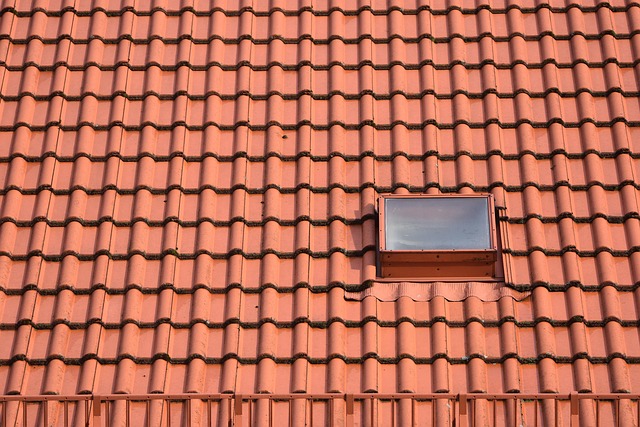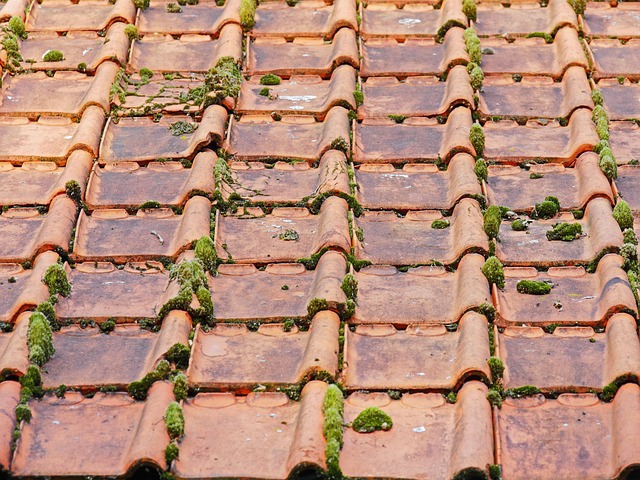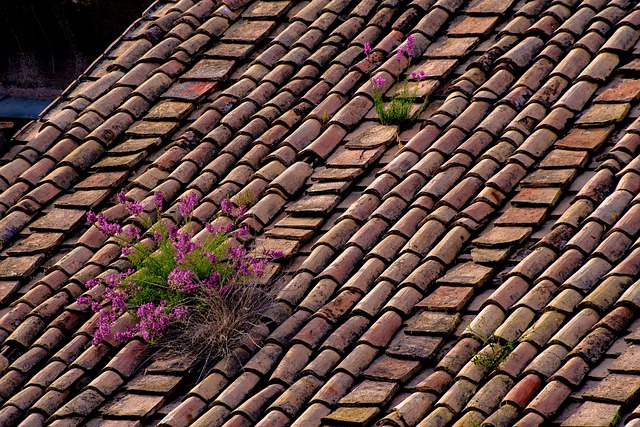In Austin's hot, humid climate, inadequate roof ventilation leads to serious issues like mold, rot, and structural damage. Professionals emphasize the importance of identifying and fixing problems like blocked vents, damaged shingles, and poor sealing. Regular inspections, high-quality materials, efficient ventilation (e.g., ridge vents, intake vents), and well-maintained gutters are key to preventing moisture buildup and ensuring a healthy attic environment through austin roof repair services.
In Austin, proper roof ventilation is key to maintaining a healthy home. This city’s unique climate brings both extreme heat and heavy rainfall, making effective ventilation crucial to prevent moisture buildup and associated damages. This article delves into the intricacies of roof ventilation, uncovering common Austin-specific issues and providing actionable solutions for optimal airflow. Learn about long-term prevention strategies to safeguard your property from costly austin roof repair needs related to moisture intrusion.
- Understanding Roof Ventilation and Common Issues in Austin
- Identifying Signs of Inadequate Ventilation
- Effective Solutions for Optimizing Roof Airflow
- Long-Term Prevention Strategies for Moisture Buildup
Understanding Roof Ventilation and Common Issues in Austin

Roof ventilation is a critical component of any building’s structure, particularly in the hot and humid climate of Austin. It involves a system of vents, fans, and openings that allow for the flow of air across the roof, helping to regulate temperature and reduce moisture buildup. This is essential to prevent issues like mold growth, wood rot, and structural damage—common problems faced by Austin homeowners due to the city’s unique weather conditions.
While proper ventilation is key, many roofs in Austin suffer from inadequate or blocked vents, leading to stagnant air and moisture accumulation. Common issues include obstructed soffit vents (often caused by debris or poor installation), insufficient venting along the roof ridge, or poorly sealed vents at joints and valleys. Identifying these problems requires a thorough inspection, which is best handled by professional Austin roof repair experts who understand the local climate and building codes to ensure effective and efficient ventilation solutions.
Identifying Signs of Inadequate Ventilation

Many Austin roof repairs and maintenance issues can be traced back to inadequate ventilation. Signs of this problem may include visible moisture, mold growth, or a musty smell coming from your attic. Over time, water vapor condenses on the cold underroof surfaces, leading to potential damage and creating a breeding ground for harmful fungi. Insufficient ventilation also causes temperature extremes in attics, which can shorten the lifespan of both roofing materials and insulation. By addressing these issues early, Austin homeowners can save money and prevent serious structural damage caused by water intrusion and mold buildup.
Effective Solutions for Optimizing Roof Airflow

Moisture buildup on your roof can lead to serious structural issues and foster the growth of harmful mold. To prevent this, optimizing roof airflow is key. Austin roof repair experts recommend implementing effective solutions like installing or upgrading ventilation systems. This includes adding ridge vents, which allow warm air to escape from the attic, and ensuring adequate intake vents are in place to replace the outgoing air.
For better airflow, consider removing any obstructions blocking the flow of air, such as damaged or poorly placed shingles. Additionally, regular inspections can help identify areas where ventilation may be insufficient. By addressing these issues through comprehensive Austin roof repair services, homeowners can maintain a dry and healthy attic environment, extending the lifespan of their roofs and avoiding costly repairs down the line.
Long-Term Prevention Strategies for Moisture Buildup

To prevent long-term moisture buildup, implementing effective Austin roof repair strategies is essential. Regular inspections are key; identifying potential issues early can save significant damage down the line. Look for signs like missing or damaged shingles, flashing problems, or excessive granule loss, as these indicate vulnerabilities that may lead to water intrusion.
Investing in quality materials and professional installation for roof repairs ensures longevity. Waterproof membranes, high-grade underlayments, and energy-efficient ventilation systems can significantly reduce moisture accumulation. Additionally, proper drainage systems, including gutters and downspouts, should be maintained to redirect water away from the roof and foundation, further minimizing the risk of mold and mildew growth associated with excess moisture.
In conclusion, addressing roof ventilation issues is paramount in Austin’s climate. By understanding common problems and implementing effective solutions like proper venting, insulation, and moisture barriers, homeowners can prevent costly damages caused by moisture buildup. Regular inspections and long-term prevention strategies are key to ensuring a dry, healthy home environment, making your austin roof repair efforts well worth the investment.
